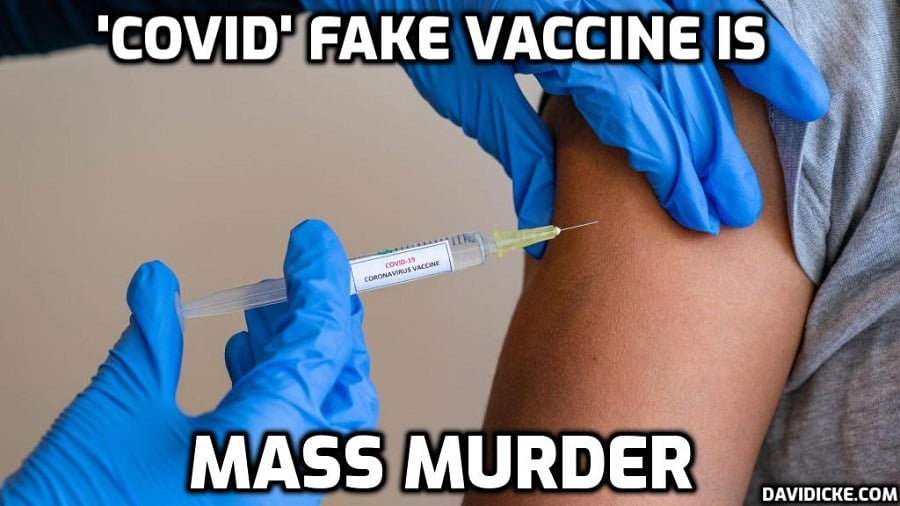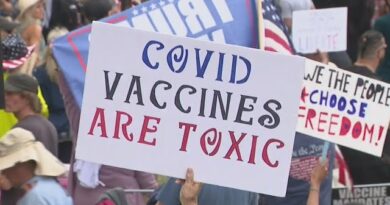How Myocarditis Became the Censored Scandal of ‘Covid’ Fake Vaccine

It started slowly at first – a trickle of concerning reports that something wasn’t right. In January 2021, just weeks after the rollout of the COVID-19 vaccines, cases of myocarditis began cropping up.
Myocarditis – inflammation of the heart muscle – had never been linked to vaccines before. So when 28 cases were reported to the U.S. vaccine adverse event reporting system (VAERS) that month, it raised eyebrows.
By February, the trickle had become a stream. VAERS received 64 more reports, including two deaths. Then in March, Israel and the military started reporting cases too.
Something strange was going on. But the authorities ignored it.
In March, the FDA authorised the Johnson & Johnson vaccine without a whisper of myocarditis. The CDC soon recommended it for all adults. Colleges and businesses started mandating the shots. It was full speed ahead.
Behind closed doors though, alarm bells were ringing. The CDC met with the military to discuss the myocarditis cases in young troops. Israel was reporting dozens of cases, including in teenagers. The FDA knew from Pfizer that there were nearly 60 cases already in its database.
But in public, it was denial and dismissal. The CDC Director claimed she wasn’t aware of any military cases. Pfizer hid its database numbers. And the FDA rubber-stamped authorisation of the Pfizer vaccine for teenagers in May without a mention of myocarditis.
As myocarditis reports flooded into VAERS in the hundreds during the summer, young, healthy people continued being pressured to get vaccinated. Mandates rolled out across the country. The authorities told the public the benefits outweighed the risks.
But patients started sharing their stories of being hospitalised with heart problems after vaccination. Researchers began publishing case reports in medical journals. And still, the CDC publicly downplayed concerns.
Behind closed doors, officials strategised about monitoring the alarming reports. They expanded the criteria for identifying myocarditis cases. More hospitals confirmed seeing unusual cases in vaccinated youths.
In June, the FDA quietly added warnings about myocarditis to the vaccine fact sheets. The news dripped out slowly that CDC advisers now acknowledged a “likely association”.
But the full scope remained obscured. The authorities clung to the narrative that benefits outweighed risks. They used incomplete data and rosy assumptions to claim the vaccines were still worth it for young people.
Millions of teenagers continued getting pressured to get vaccinated throughout the summer and fall. It became painfully clear that the drive for widespread vaccination took precedence over transparency and caution.
It wasn’t until October 2021 that the warnings were taken more seriously. Nordic countries limited the Moderna vaccine due to myocarditis concerns. The FDA and CDC were forced to address the risks more openly in meetings.
But still, they pushed ahead with expanding the shots to younger ages. Five-year-olds started getting vaccinated in November despite a complete lack of safety data. Booster doses were promoted for teenagers against the advice of their European counterparts .
Read More: How Myocarditis Became the Censored Scandal of COVID-19 Vaccination
This article has been archived for your research. The original version from David Icke can be found here.



